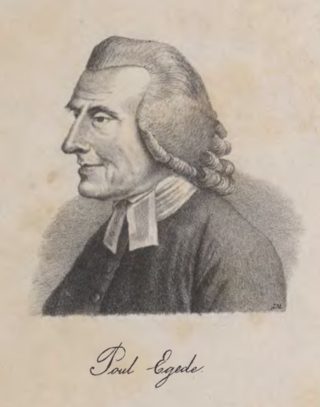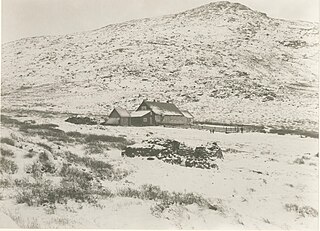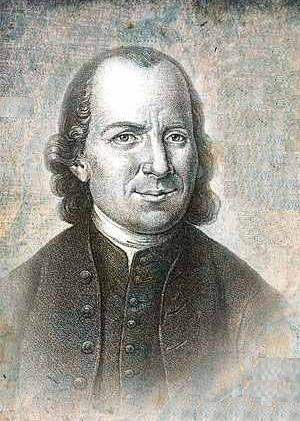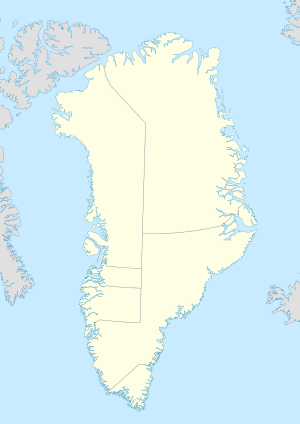
This is a demography of the population of Greenland including population density, ethnicity, economic status, religious affiliations and other aspects of the population.

Nuuk is the capital of and most populous city in Greenland, an autonomous territory in the Kingdom of Denmark. Nuuk is the seat of government and the territory's largest cultural and economic center. The major cities from other countries closest to the capital are Iqaluit and St. John's in Canada and Reykjavík in Iceland. Nuuk contains a third of Greenland's population and its tallest building. Nuuk is also the seat of government for the Sermersooq municipality. In January 2023, it had a population of 19,604. Nuuk is considered a modernized city after the policy began in 1950.

Upernavik is a small town in the Avannaata municipality in northwestern Greenland, located on a small island of the same name. With 1,092 inhabitants as of 2020, it is the twelfth-largest town in Greenland. It contains the Upernavik Museum.

The University of Greenland is Greenland's only university. It is in the capital city of Nuuk. Most courses are taught in Danish, a few in Greenlandic and classes by exchange lecturers often in English.

Hans Poulsen Egede was a Dano-Norwegian Lutheran missionary who launched mission efforts to Greenland, which led him to be styled the Apostle of Greenland. He established a successful mission among the Inuit and is credited with revitalizing Dano-Norwegian interest in the island after contact had been broken for about 300 years. He founded Greenland's capital Godthåb, now known as Nuuk.

The Moravian Church, or the Moravian Brethren, formally the Unitas Fratrum, is one of the oldest Protestant denominations in Christianity, dating back to the Bohemian Reformation of the 15th century and the Unity of the Brethren founded in the Kingdom of Bohemia, sixty years before Luther's Reformation.

Paul or Poul Hansen Egede was a Dano-Norwegian theologian, missionary, and scholar who was principally concerned with the Lutheran mission among the Kalaallit people in Greenland that had been established by his father, Hans, in 1721.
Narsarmijit, formerly Narsaq Kujalleq and Frederiksdal, is a settlement in southern Greenland. It is located in the Kujalleq municipality near Cape Thorvaldsen. Its population was 66 in 2020. There has been a slow but steady pattern of emigration since the late 1950s.

Qeqertarsuatsiaat, formerly Fiskenæsset or Fiskernæs, is a settlement in the Sermersooq municipality in southwestern Greenland, located on an island off the shores of Labrador Sea. Its population was 169 in 2020.

Kujalleq is a municipality on the southern tip of Greenland, operational from 1 January 2009. The administrative center of the municipality is in Qaqortoq.

Moravian Brethren Mission House or Herrnhut House is a historical building in Nuuk, the capital of Greenland, established in 1747 from timber shipped to the United Brethren from the Netherlands. It was the centre of the Moravian Brethren Mission in Greenland and the missionaries operated across the west coast of Greenland from this building. Greenlander converts were reported saying, "If it can be so beautiful here on Earth, how wonderful must it not be in Heaven."

Old Nuuk may refer to several neighborhoods of Nuuk, the capital of Greenland.

Akunnaat is a former community in southern Greenland on the island of Akonemiok or Qeqertarsuatsiaat, 3 miles (4.8 km) from the trading post of Fisher's Inlet.

Umanak was a former Moravian mission in mid-western Greenland, located upfjord from Neu-Herrnhut.
Alluitsoq, formerly spelled Agdluitsok, is a former settlement in southern Greenland, located on the Alluitsoq or Lichtenau Fjord near Cape Farewell. It is about 13 kilometers from Ammassivik (Sletten), located on the opposite side of the same fjord.

The Royal Greenland Trading Department was a Danish state enterprise charged with administering the realm's settlements and trade in Greenland. The company managed the government of Greenland from 1774 to 1908 through its Board of Managers in Copenhagen and a series of Royal Inspectors and Governors in Godthaab and Godhavn on Greenland. The company was headquartered at Grønlandske Handels Plads at Christianshavn.
The Moravian missions in Greenland were established by the Moravian Church or United Brethren and operated between 1733 and 1900. They were operated under the auspices of the Royal Danish College of Missions until its dissolution in 1859 and were finally surrendered to the Lutheran Church of Denmark in 1900. Missionaries were allocated to the region and sometimes even sent wives who had been chosen for them and approved by the drawing of lots, a form of Cleromancy.
Matthäus Stach was a Moravian missionary in Greenland.
The College of Missions or Royal Mission College was a Dano-Norwegian association based in Copenhagen which funded and directed Protestant missions under royal patronage. Along with the Moravian church, it was the first large-scale Protestant mission effort.

Christian David (1692–1751) was a German Lutheran missionary, writer and hymnwriter. He travelled as a missionary of the Herrnhuter Brüdergemeine, the Moravian Church, to Greenland and to Native Americans. He is known as the author of hymn stanzas that were included in "Sonne der Gerechtigkeit" in 1932.
















